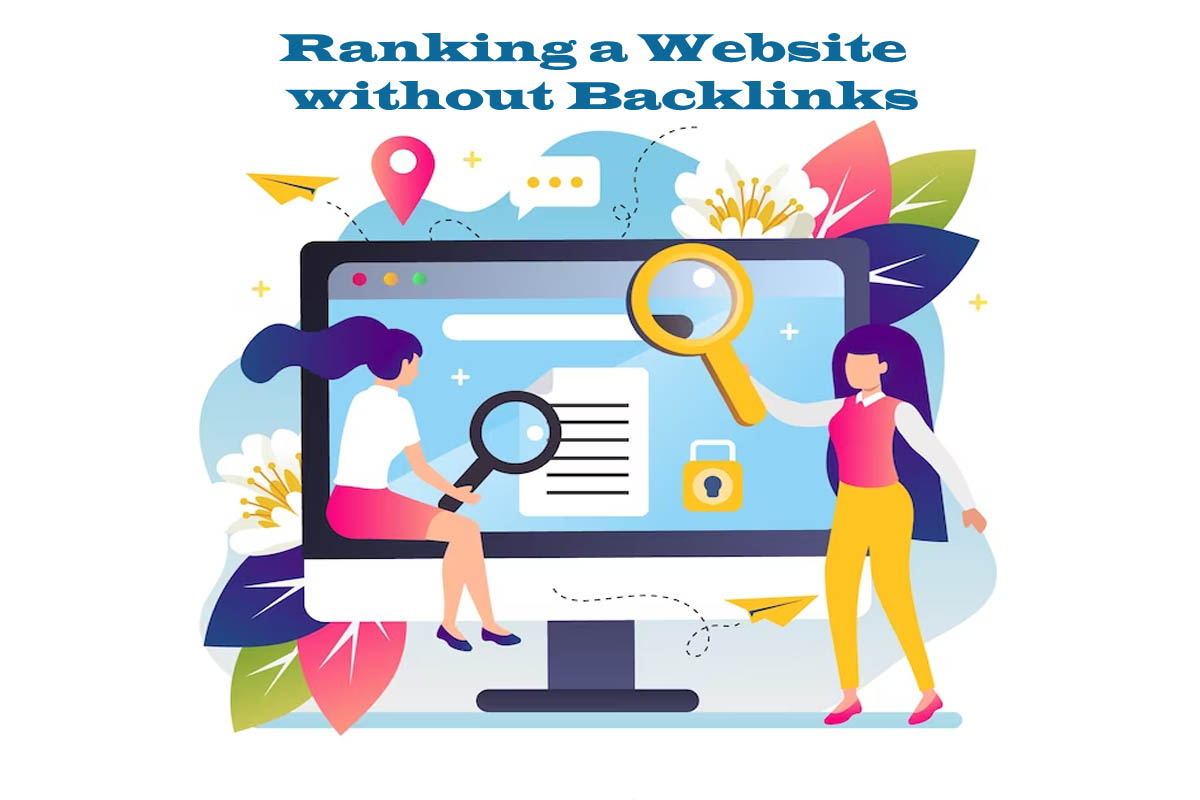Ranking a Website without Backlinks
When you think about ranking a website without backlinks, the one thing that comes to mind is it impossible. But ranking a website without backlinks can be challenging but possible. Backlinks, links from other websites directing to your website, have traditionally been a significant factor in search engine rankings. However, search engine algorithms have evolved, and while backlinks remain important, other factors are also considered.
Do you know how to Rank a Website without Backlinks?
Here are some strategies to improve your rankings without relying heavily on backlinks:
Technical SEO
Technical SEO is the strategy that involves making and enhancing your website so that search engine crawls and indexes your website rapidly. It is just one part of the whole SEO. Many website owners use technical SEO to improve their ranking on SERP (Search engines results page). So now you know how necessary technical SEO is for your online business.
Here is the thing, even if your content is excellent, it has a chance to convert your website and visitors into regular customers. But after having great content on your website, imagine your page needs to be crawled on Google. Then, all your hard work will go to waste. That is why technical SEO is essential.
High-Quality Content
Creating high-quality content is crucial for ranking well in search engines and attracting organic traffic. Here are some key aspects to consider when producing high-quality content:
Ensure that the content line up with the interests and needs of your target audience. Research and understand the topics and keywords that are relevant to your niche. Address common questions, solve problems, and offer valuable insights that resonate with your audience.
Aim to create unique and original content that stands out from the competition. Avoid duplicating or copying content from other sources. Develop your ideas, perspectives, and interpretations. Original content appeals to readers and shows your expertise and authority.
Ensure that your content is accurate, reliable, and supported by credible sources. Support your claims with data, statistics, research studies, or expert opinions. Establishing trustworthiness is vital for building credibility with your audience and search engines.
On-Page SEO for Ranking a Website without Backlinks
On-page SEO refers to optimizing various elements on a webpage to enhance its visibility and ranking in search engine results. Here are some key on-page SEO techniques to consider:
The title tag is an HTML that defines the title of a webpage. It appears as a clickable headline in search engine results. Optimize your title tag by including your target keyword near the beginning, making it compelling to entice clicks. Keep it concise (around 50-60 characters) to ensure it’s fully displayed in search results.
The meta description offers an instant of the webpage’s content. Although it doesn’t directly impact rankings, it is crucial in attracting clicks from search results. Write a compelling meta description that includes relevant keywords and entices users to click on your link. Keep it within 150-160 characters.
Use heading tags (H1, H2, H3, etc.) to structure your content hierarchically. The H1 tag should contain the page’s main heading and your primary keyword. Use H2 and subsequent heading tags for subheadings and sections within your content.
Optimize your URLs to be descriptive and readable. Include relevant keywords in the URL, separated by hyphens. Avoid using long, complex, or irrelevant URLs. A clean URL structure will make it informal for users and search engines to recognize the page’s topic.
Brand Building for Ranking a Website without Backlinks
Brand building and outreach are essential strategies for increasing visibility, establishing authority, and expanding your online presence. Here are some key steps to consider when engaging in brand-building and outreach efforts:
Clearly define your brand identity, including your mission, values, unique selling propositions, and target audience. Develop a strong brand voice and ensure consistency across all communication channels.
Develop high-quality content that aligns with your brand and resonates with your target audience. This can include blog posts, articles, videos, infographics, and social media content. Aim to provide value, educate, entertain, or inspire your audience.
It would help to build an active presence on social media platforms that is accurate to your target audience. Engage with your followers, respond to comments, and actively participate in discussions. Share your content, industry insights, and updates about your brand.
Write guest posts for reputable websites and publications in your industry. Ensure your guest posts provide value and are aligned with the target website’s audience and guidelines.
Conclusion
While backlinks are a valuable signal for search engines, implementing these strategies can help you improve your rankings even without an extensive backlink profile. Remember that ranking factors can vary across different search engines and industries, so it’s important to monitor your website’s performance, adapt your strategy accordingly, and focus on providing the best possible user experience and valuable content.

